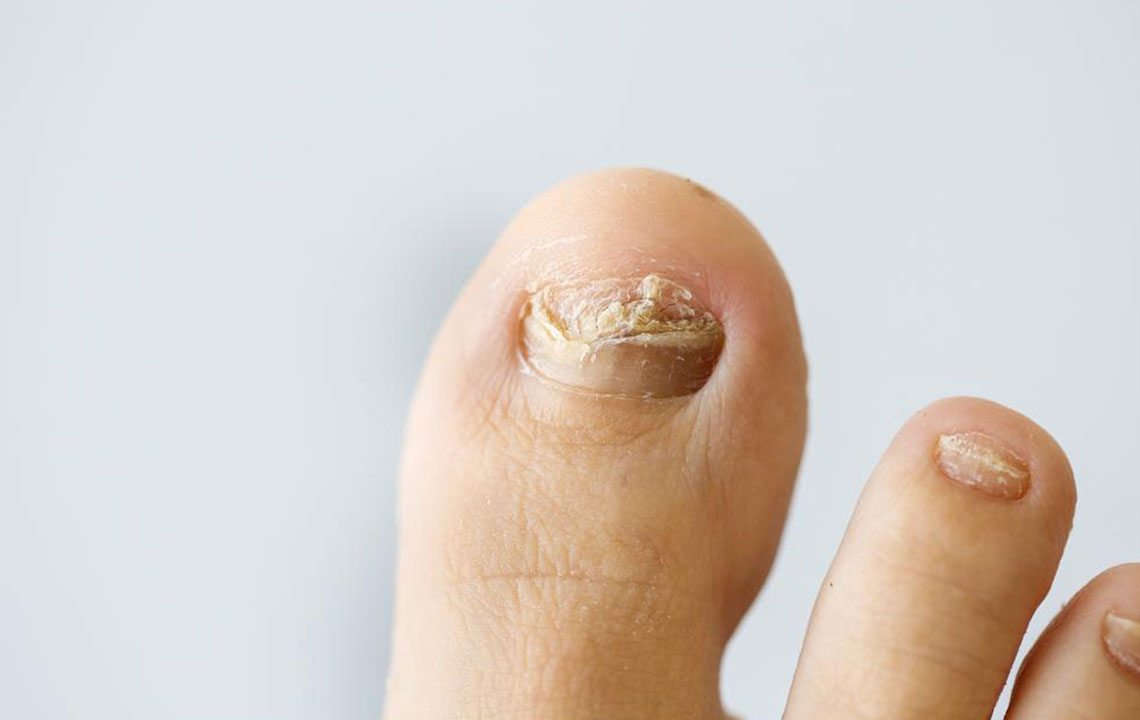Common nail infections to avoid
Common nail infections to avoid
Fungal nail infections are caused as a result of several factors but mainly occur due to lack of hygiene. Therefore, it is essential to keep yourself and your surroundings clean. Fungal nail infections are of four types. However, dermatophytes are the fungi that are responsible for most nail infections. Here’s a list of the common nail infections.
Distal subungual onychomycosis (DSO)
It is the most common type of nail infection, and it starts its attacking process by first infecting the skin under the nail (nail bed) and within the nail.

Candida onychomycosis
This is a yeast infection of the nail and is quite uncommon. The infection is found more commonly in finger nails than in toe nails and affects the nail and skin surrounding the nail (nail folds). Such a fungal infection can cause the nail to separate from the nail bed and can occur in multiple nails at the same time. The skin (nail fold) usually becomes red, swollen, tender and warm as a result of infection. Unlike other nail infections, this disease can be quite painful.
White superficial onychomycosis (WSO)
This is another prevalent type of fungal nail infection but can be easily treated. In this case, the top surface of the nail is attacked, and white spots begin to develop. Eventually, the nail surface gets covered in a crumbly and chalky powder.
Proximal subungual onychomycosis (PSO)
Such a nail infection is commonly found in people with human immunodeficiency virus (HIV) and is caused by dermatophytes. The infection occurs on the skin at the nail fold thus thickening it and causing it to separate from the nail. As a result, the nail bed may appear white and the nail, opaque. This infection may also affect the skin on top of the foot.
Conclusion
If you are suffering from any one of these infections, you can try to change your personal care routine a bit, and if the problem persists, visit a doctor immediately.